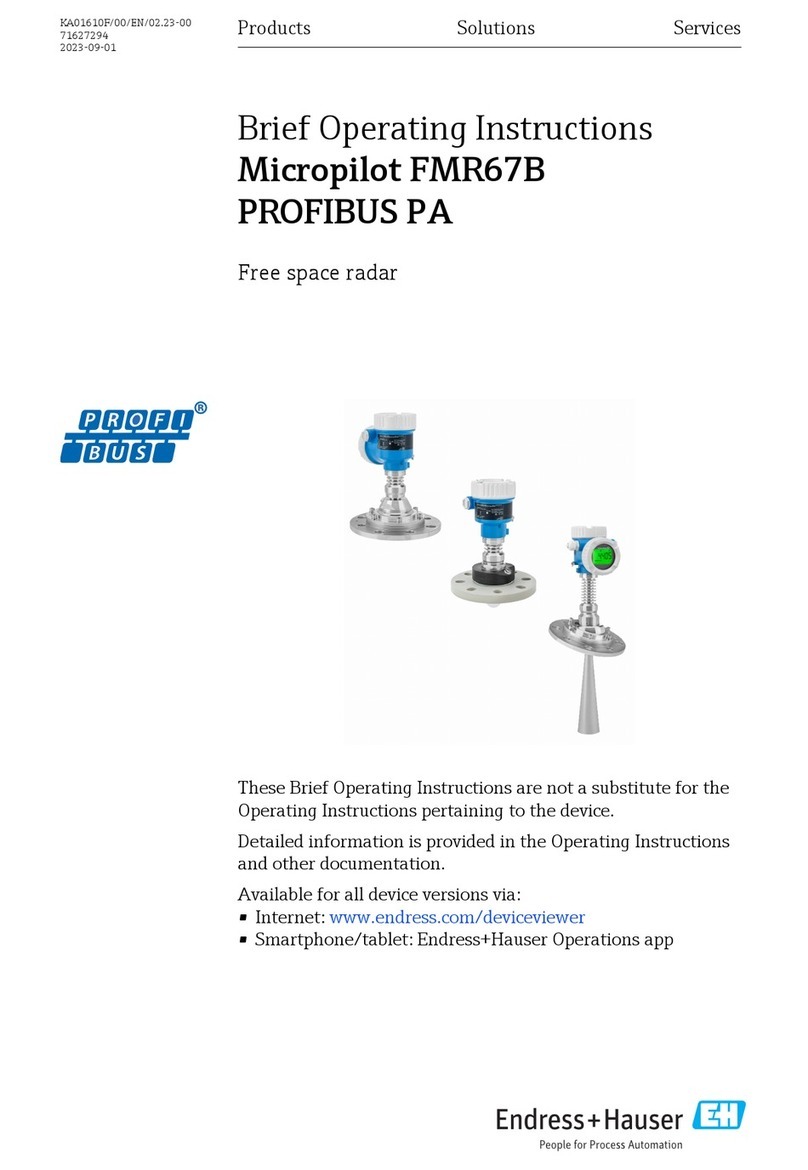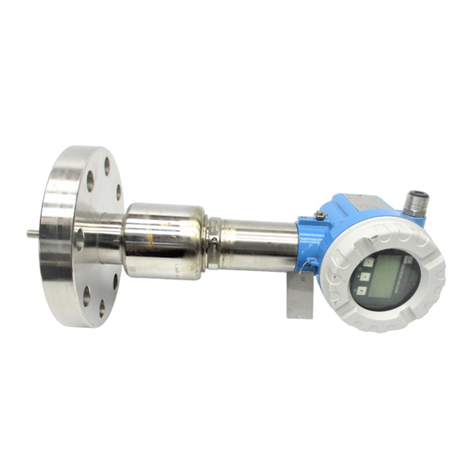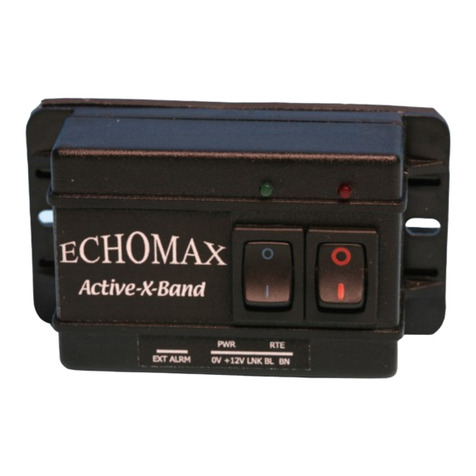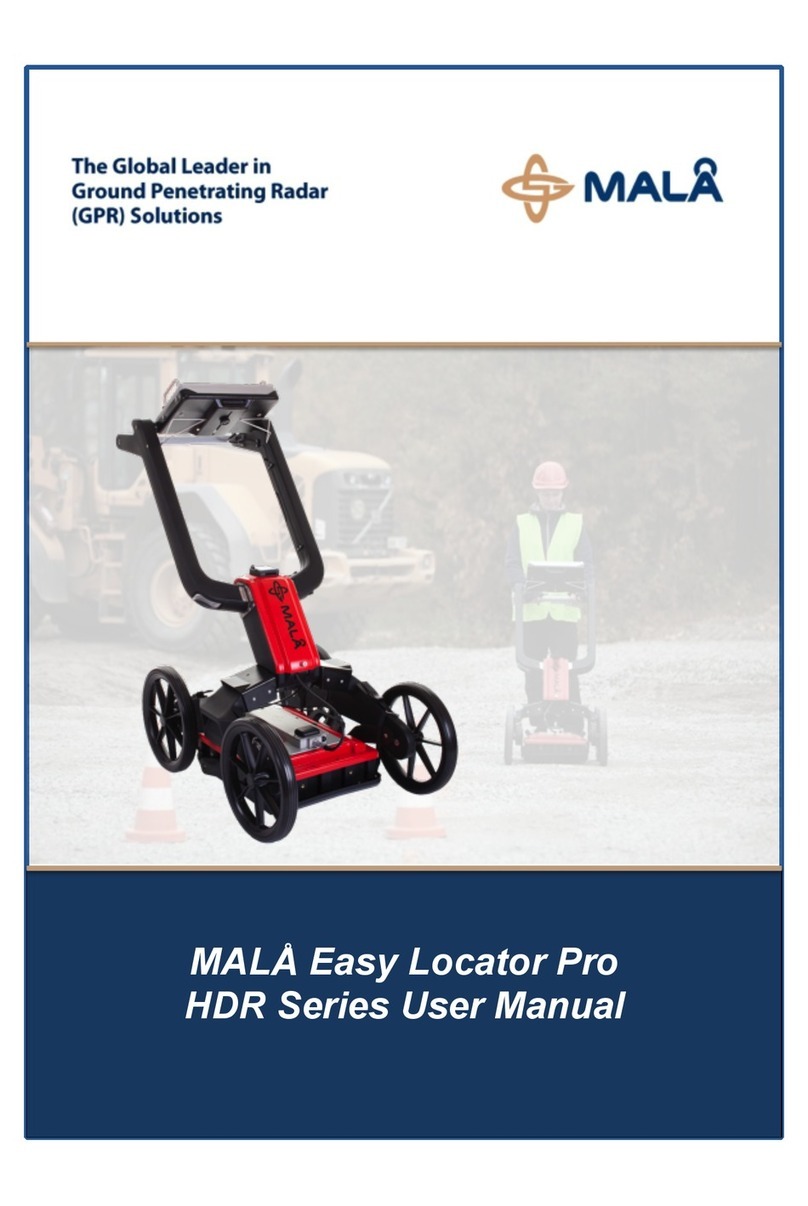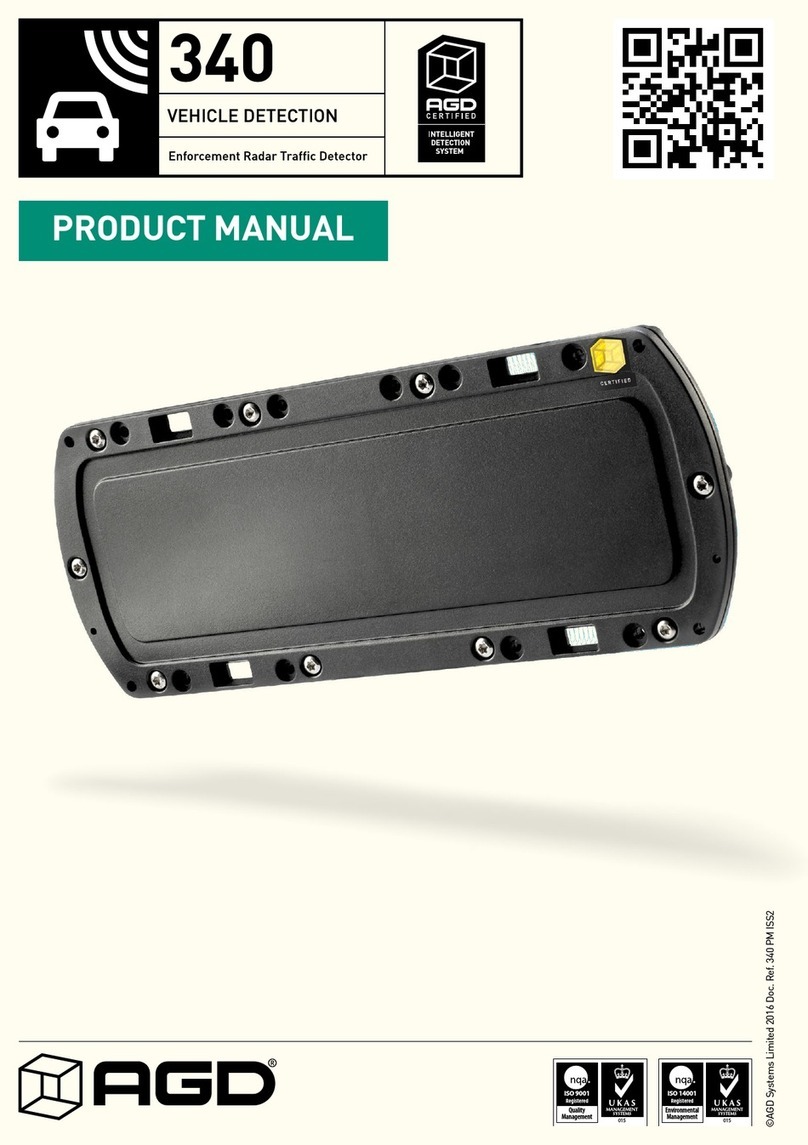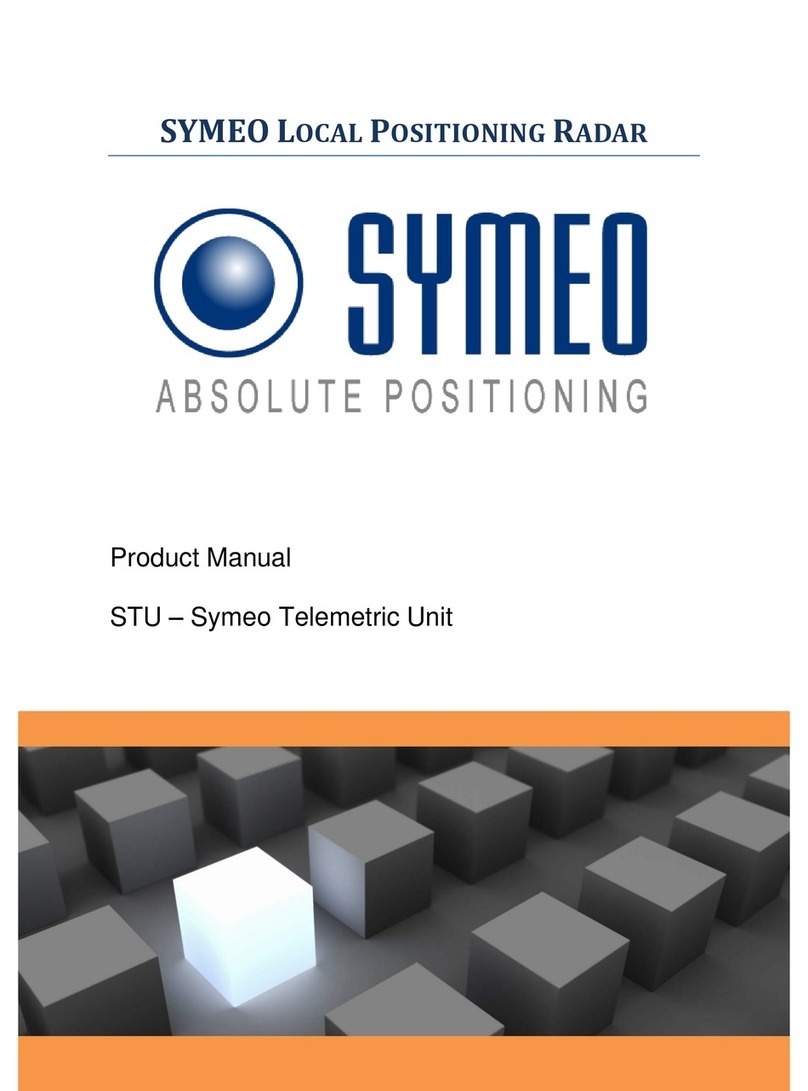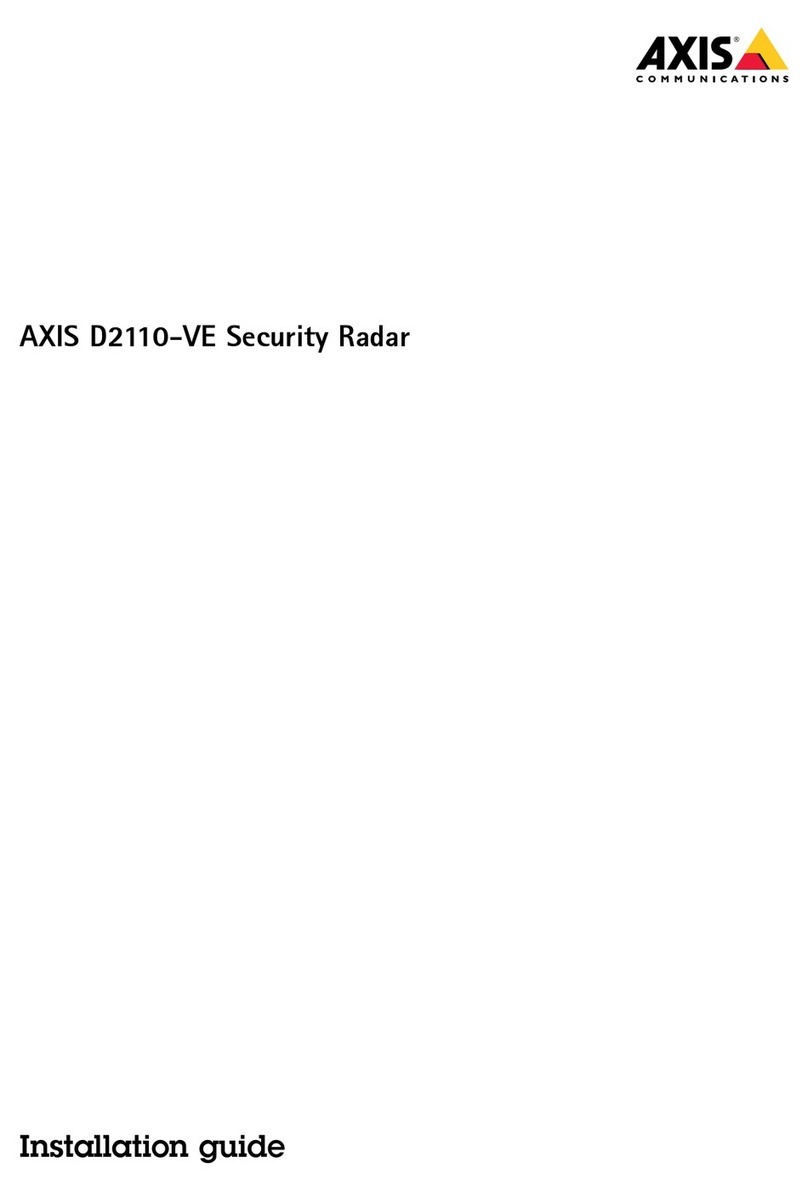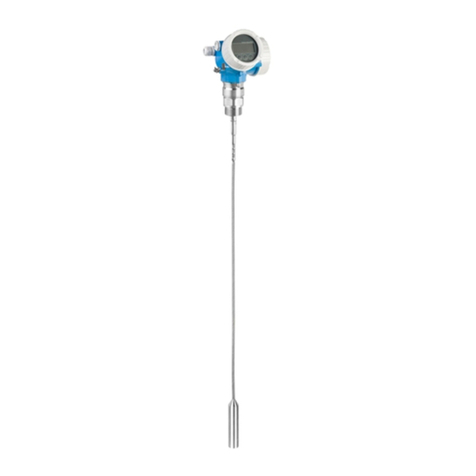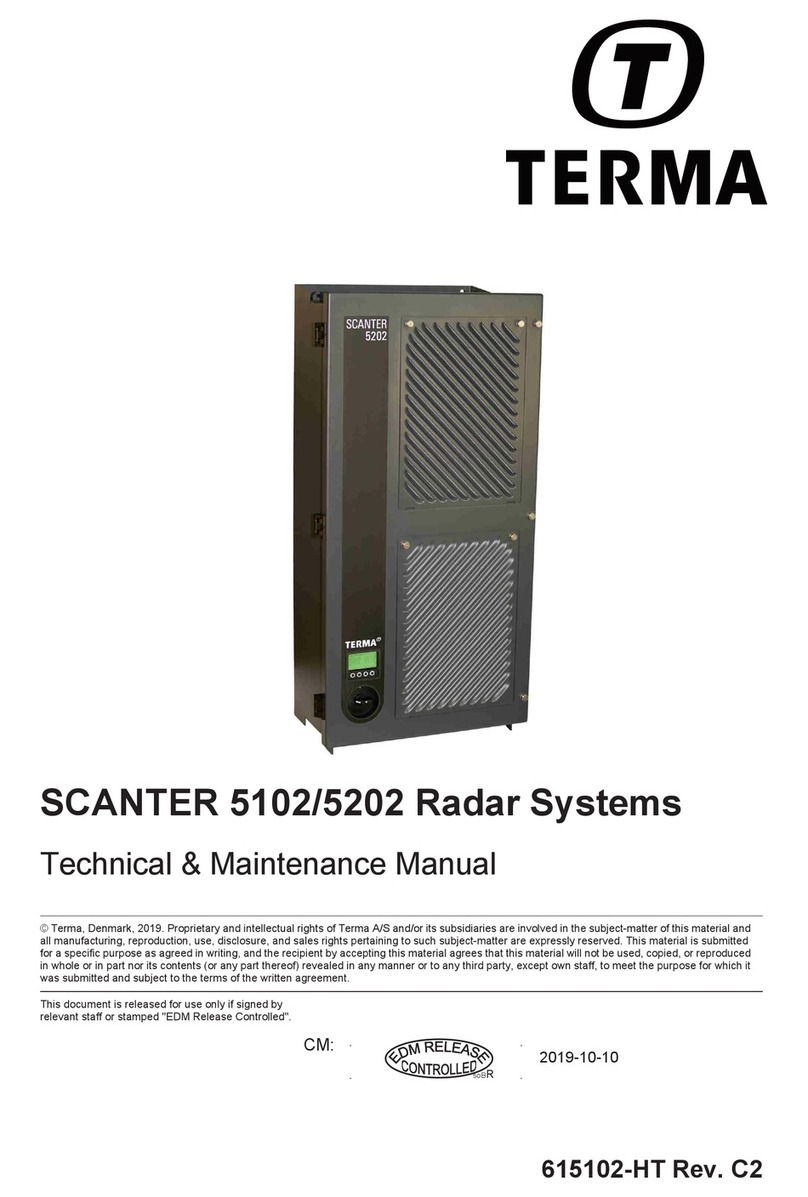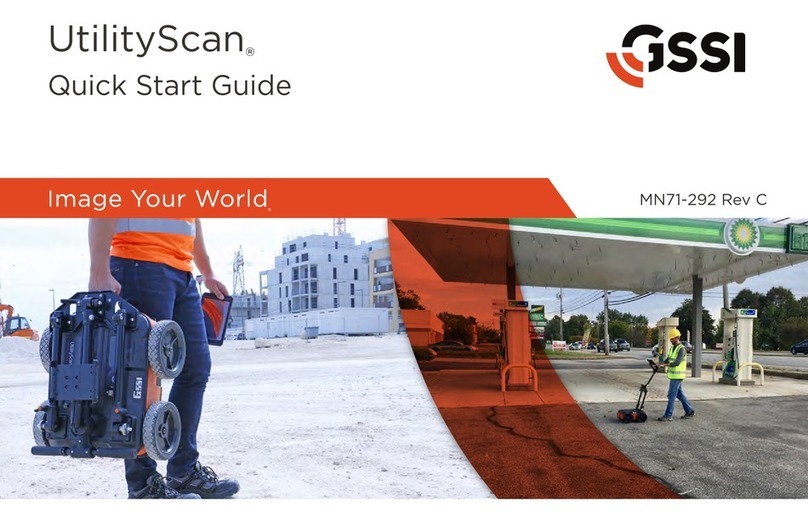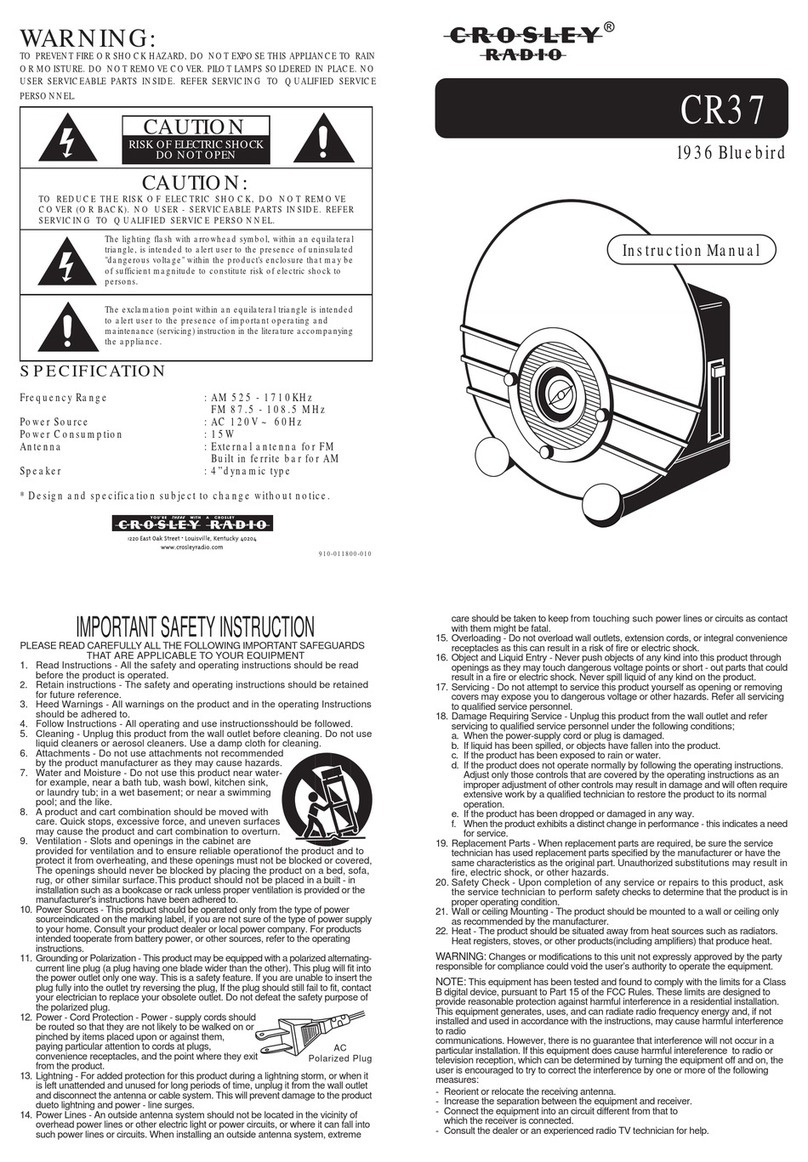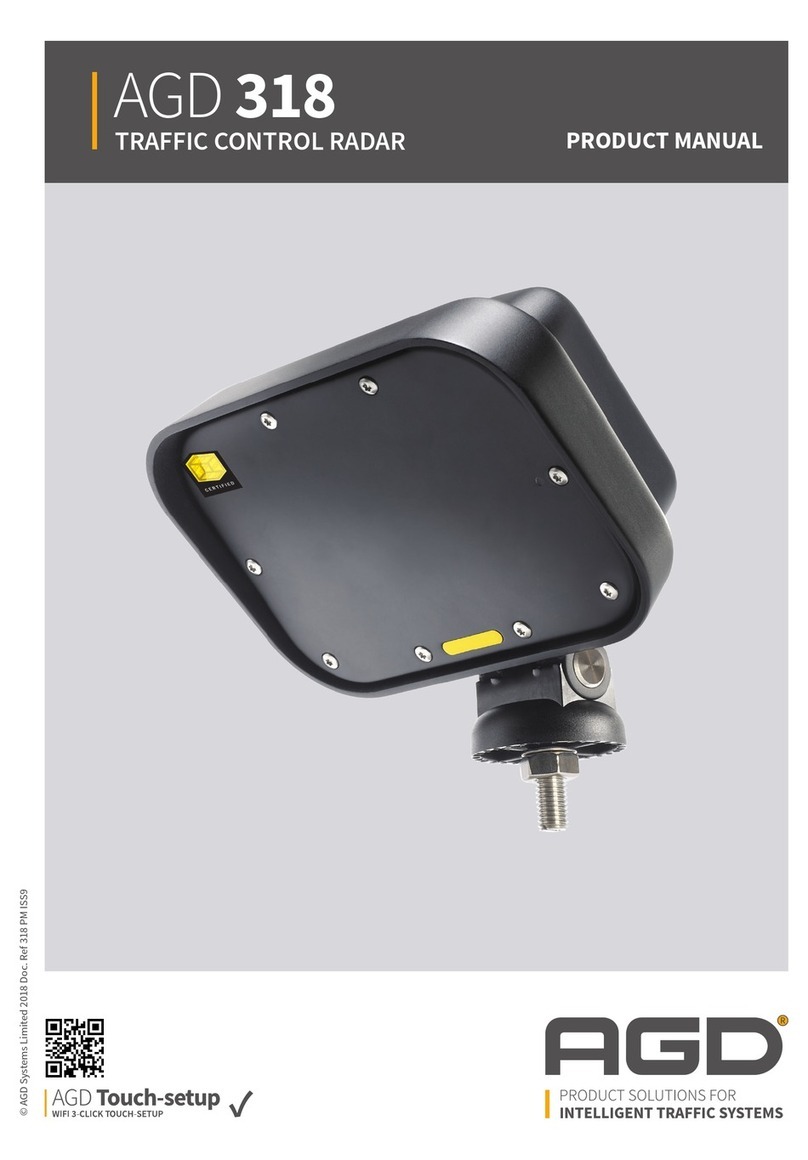Draft www.malags.com
5
1.1 Unpacking and Inspection
Great care should be taken when unpacking the equipment.
Be sure to verify the contents shown on the packing list and
inspect the equipment for any loose parts or other damage. All
packing material should be preserved in the event that any
damage occurred during shipping. Any claims for shipping
damage should be filed to the carrier. Any claims for missing
equipment or parts should be filed with Mala GeoScience.
1.2 Repacking and Shipping
If original packing materials are unavailable, the equipment
should be packed with at least 80 mm of shock-absorbing
material. Do not use shredded fibres, paper wood, or wool, as
these materials tend to get compacted during shipment and
permit the instruments to move around inside the package.
1.3 Limited Warranty and Liability
Malå Geoscience warrants that, for a period of 12 months from the delivery
date to the original purchaser, Malå Geoscience products will be free from
defects in materials and workmanship. Except for the foregoing limited
warranty, Malå Geoscience disclaims all warranties, express or
implied, including nay warranty of merchantability or fitness for a
particular purpose. Malå Geoscience will repair and replace parts or
equipment which are returned to Malå Geoscience, transportation and
insurance pre-paid, without alteration or further damage, and which in Malå
Geoscience´s judgement, were defective or became defective during
normal use.
Malå Geoscience assumes no liability for any direct, indirect, special,
incidental or consequential damages or injures caused by proper or
improper operation of its equipment or software, whether or not
defective.



